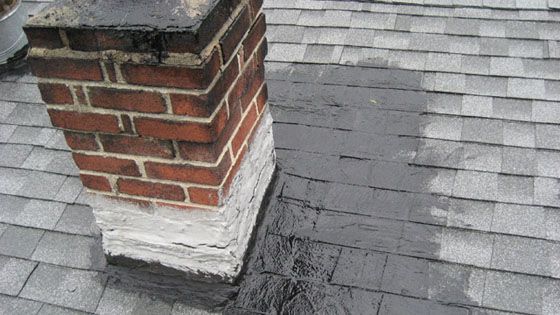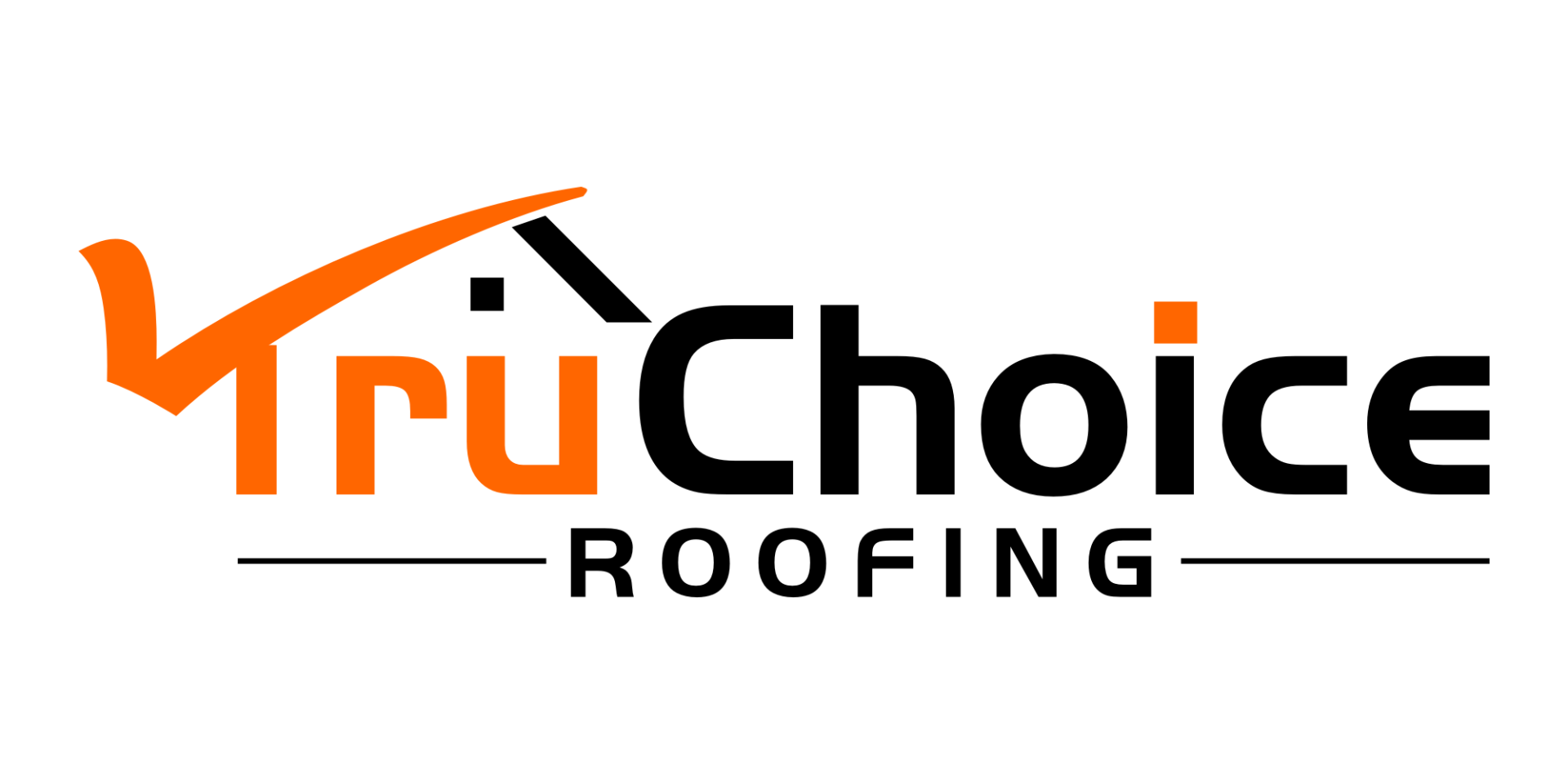How to Know When It's Time for a New Roof
A roof might last for decades if taken care of properly, but it will still need to be replaced at some point in time.
Knowing when it's time for a new roof is crucial for maintaining the safety, efficiency, and value of your home. A roof that is past its prime can lead to a host of problems, from leaks and water damage to compromised insulation and even structural issues. While some signs your roof needs replacing are obvious, others may be more subtle.
This article will guide you through the key roof damage indicators that it's time for a new roof and how to assess your roof's condition, so let's get started.
1. The Age of Your Roof
One of the most straightforward indicators that it might be time for a new roof is its age. Different roofing materials have varying lifespans; that's also why people choose different kinds of roofing materials.
- Asphalt Shingles are the most common roofing material lasting 20-25 years
- Wood Shingles last up to 30 years but may require more frequent maintenance
- Metal Roofing is known for its durability and can last 40 to 70 years
- Tile or Slate Roofing is incredibly long-lasting lasting 50 to 100 years
If your roof is approaching or has exceeded its expected lifespan, it's time to consider a replacement, even if there are no visible signs of damage. An old roof is more susceptible to sudden failures and may not provide adequate protection for your home.
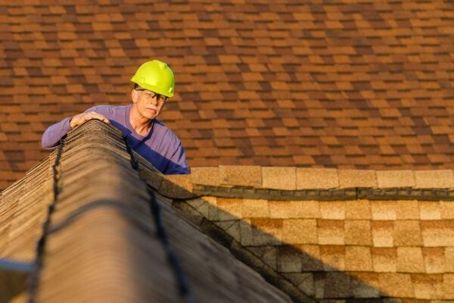
2. Visible Damage to Shingles
Shingles are your roof's first line of defense against the elements, and their condition can tell you a lot about the health of your roof. Here are some signs to watch for.
Curling or Buckling Shingles
Shingles that are curling or buckling are a clear indication of aging. This can also occur due to improper installation or poor attic ventilation, but either way, it's a sign that your roof is nearing the end of its life.
Cracked or Missing Shingles
Cracked shingles can allow water to seep through, leading to leaks and water damage inside your home. Missing shingles are an even more urgent issue, as they leave your roof exposed to the elements.
Granules in Gutters
Asphalt shingles lose granules over time, which can often be found in your gutters. If you notice a significant amount of granules, it's a sign your shingles are deteriorating and may no longer provide adequate protection.
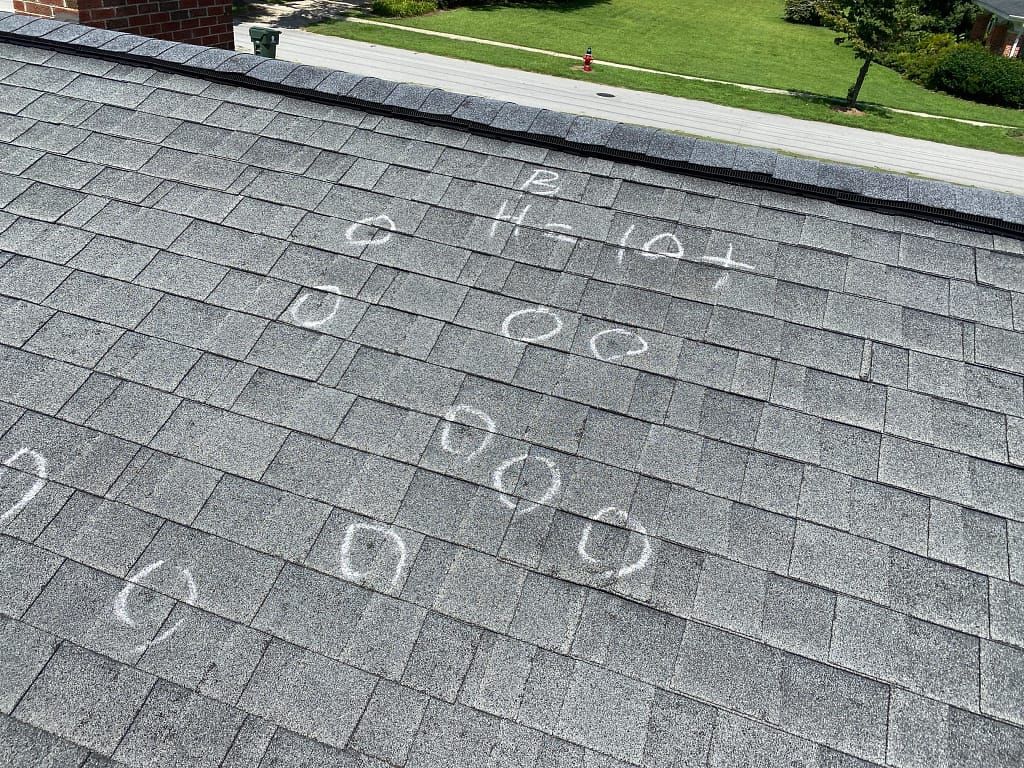
3. Water Damage and Leaks
Water damage is one of the most serious consequences of a failing roof. If you notice any of the following, it could indicate that your roof is no longer watertight and needs to be replaced.
Brown, yellow, or gray stains on your ceilings or walls are a clear indication water is penetrating your roof.
Excess moisture from a leaking roof can lead to mold and mildew growth inside your home, which can cause health problems for your family and damage your property.
If you see signs of moisture in your attic, such as damp insulation or water stains on the roof decking, it's likely your roof is leaking.
Water damage can quickly escalate into a serious problem, so if you spot any of these signs, it's essential to act quickly. That's why you should never ignore any kind of water damage. Always better to be safe than sorry, in this case.
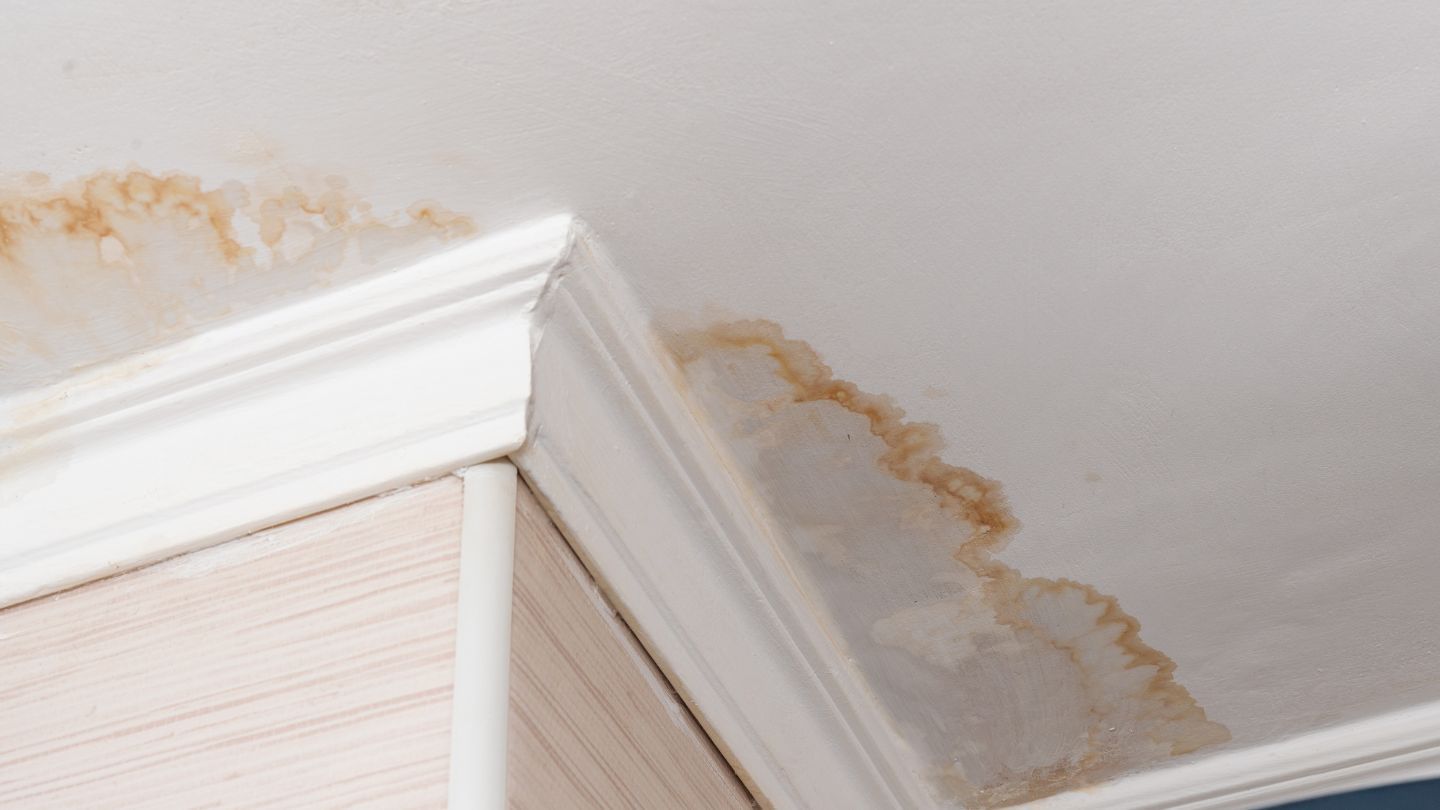
4. Sagging Roof
A sagging roof is a serious structural issue that requires immediate attention. It often indicates that there is a problem with the underlying structure of the roof, such as weakened decking or even damage to the supports. Causes of a sagging roof include:
Prolonged exposure to moisture can weaken the wood in your roof, causing it to sag. Heavy snow or ice accumulation, or even too many layers of shingles, can put excessive weight on your roof, leading to sagging
Problems with the roof's structure, such as damaged beams or rafters, can cause it to sag, as well.
If your roof is sagging, it's important to have a professional assess the damage immediately. In many cases, a sagging roof indicates that a complete replacement is necessary. That's why it's important to inspect your roof at least annually.
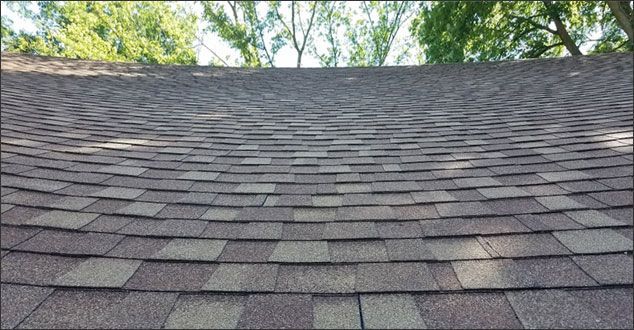
5. Daylight Through the Roof Boards
If you go up to your attic during the day and see light shining through the roof boards, it's a sign that your roof has gaps or holes. This not only indicates your roof is compromised, but it also means that water can easily enter your home, leading to further damage. If you notice this issue, it's a clear indication that your roof needs to be replaced.
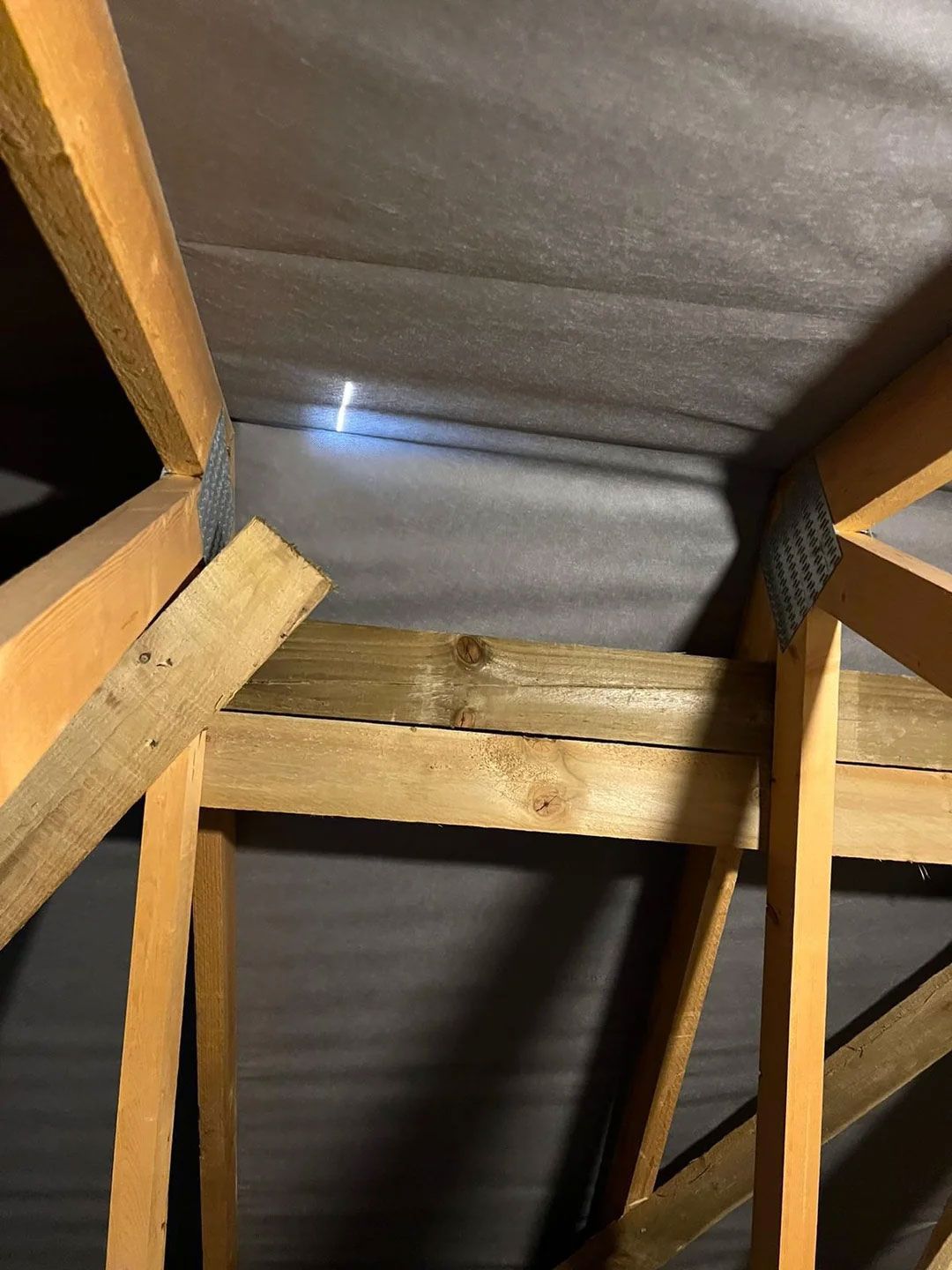
6. High Energy Bills
A roof that is no longer performing effectively can cause your energy bills to skyrocket. If your heating and cooling costs are rising without a clear reason, your roof's insulation may be to blame.
A deteriorating roof can allow heat to escape in the winter and let heat in during the summer, forcing your HVAC system to work harder. If you've noticed an unexplained increase in your energy bills, it might be time to have your roof inspected.
7. Roof Valleys
Roof valleys are the areas where two roof slopes meet, and they are particularly vulnerable to damage. Water flows through valleys to reach the gutters, so if the shingles in these areas are missing or damaged, it can lead to leaks and water damage. Pay close attention to the condition of your roof valleys when assessing whether it's time for a new roof.
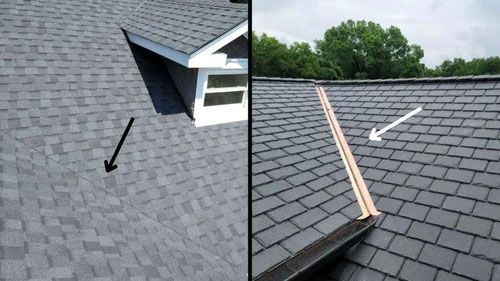
8. Chimney Flashing Issues
The flashing around your chimney is designed to create a watertight seal between the roof and the chimney. Over time, the flashing can deteriorate, leading to leaks.
If your flashing is made of tar or cement, it may need to be replaced with a more durable metal flashing. If you notice that your flashing is damaged or missing, it's a sign that your roof may need to be replaced or at least repaired.
9. Excessive Moss, Algae, or Fungi
While moss, algae, and fungi on your roof may not seem like a serious issue, they can cause significant damage over time. Moss, in particular, can trap moisture against the roof surface, leading to rot and deterioration. If you notice extensive moss or algae growth, especially if it's accompanied by other signs of aging, it may be time to consider a new roof.
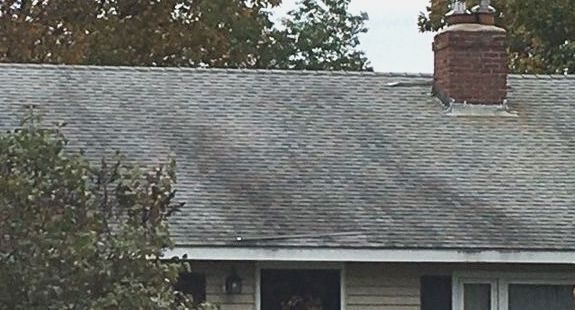
10. Frequent Repairs
If you find yourself constantly repairing your roof, it might be more cost-effective to replace it entirely. Frequent repairs can add up quickly, and they may only be a temporary fix for a roof that is nearing the end of its lifespan. Investing in a new roof can save you money in the long run and provide you with peace of mind.
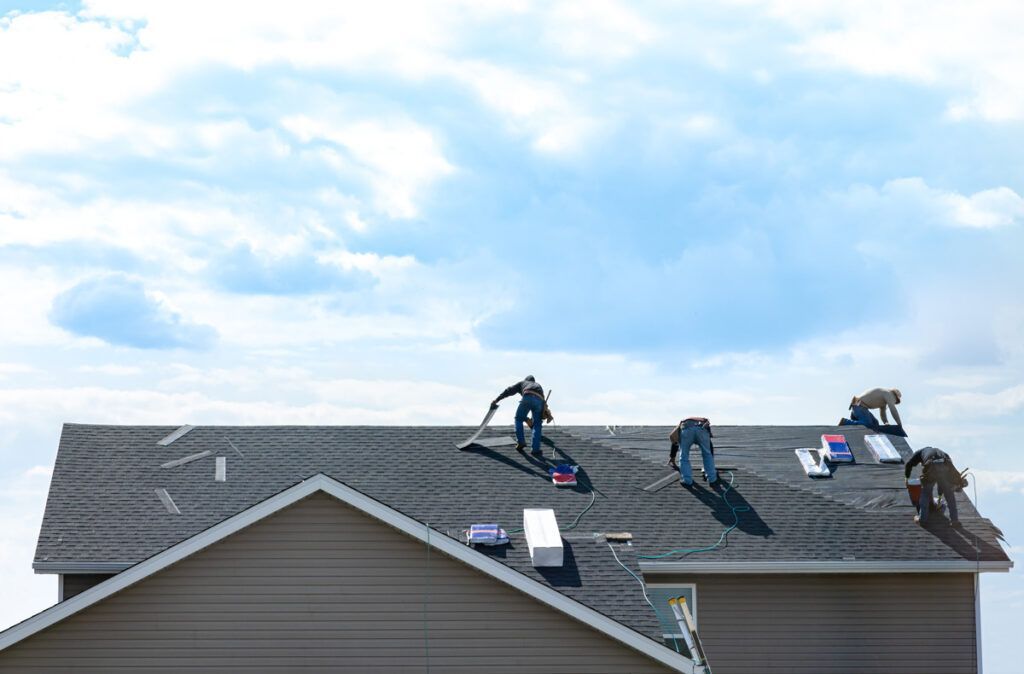
Assessing Your Roof
If you're unsure whether your roof needs to be replaced, it's always a good idea to have it inspected by a professional. A roofing expert can assess the condition of your roof and provide you with an honest evaluation. They can also help you determine whether repairs will suffice or if a complete replacement is necessary.
What to Do When It's Time for a New Roof
There are many roofing materials available, each with its own advantages and disadvantages. Consider factors such as durability, cost, aesthetics, and climate when choosing the right material for your new roof.
Hire a Reputable Contractor
Installing a new roof is a significant investment, so it's important to hire a reputable contractor. Look for a licensed, insured, and experienced roofer with good reviews and references.
Understand the Costs
A new roof can be a substantial expense, so it's important to understand the costs involved. Get multiple quotes from different contractors and compare them. Be sure to ask about warranties and any additional costs that may arise during the project.
Plan for the Installation
Replacing a roof can be disruptive, so it's important to plan for the installation process. You may need to make arrangements for temporary relocation if the work will be extensive. Also, you should prepare your home for the installation by removing any fragile items and securing the area around your home.
Stay Involved
While your contractor will handle the heavy lifting, it's important to stay involved in the process. Communicate regularly with your contractor, ask questions, and make sure you're informed about the progress of the project.
Sometimes, it might take longer than expected to replace your roof; stay patient through the process.
Now You Know When to Replace a Roof
The roof of your home isn't something that you probably pay that much attention to. But at some point, you will inevitably need a new roof.
The roof replacement signs indicated above will tell you that, but also getting an inspection from a professional roofing contractor can help. TruChoice Roofing is the top provider of roofing services in Fort Wayne. We make sure to fit your design aesthetic and budget.
Contact us to set up an inspection so we can make sure your roof protects your loved ones from the elements.

